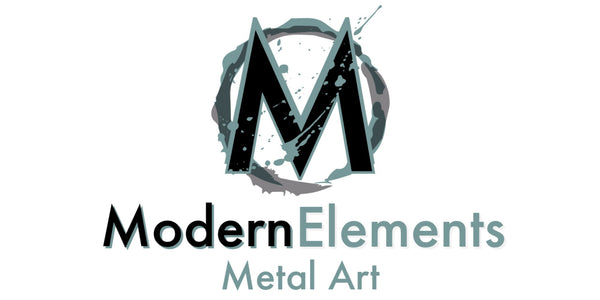
Understanding the Power of Non-Representation
Art has been a source of fascination and controversy since its inception. Artists like Wassily Kandinsky, Kazimir Malevich, and Piet Mondrian pushed the boundaries of traditional art by creating works that rejected the idea of representation. Instead of depicting recognizable objects or figures, they emphasized the use of colour, form, and line to convey emotions, ideas, and concepts. In this article, we will explore why abstract art is fundamentally revolutionary and how it continues to inspire artists today.


Breaking Away from Traditional Art, Abstract Art emerged in the early 20th century as a reaction to the academic tradition of representational art. The pioneers of this movement saw the need to break away from the confines of traditional art and to create a new form of expression that would reflect the changing times. They believed that art should be an expression of the human experience and that the traditional forms of representation were no longer adequate to capture this experience.
The Power of Non-Representation Abstract art is fundamentally revolutionary because it challenges the idea that art has to represent something recognizable. By rejecting the representation of the physical world, abstract art is free to explore new forms of expression. It allows the artist to delve into the realm of emotions, ideas, and concepts that cannot be expressed through traditional means. It challenges the viewer to look beyond the surface of the work and to engage with the emotions and ideas that it conveys.

Influence on Modern Art
The impact of art on modern art cannot be overstated. The revolutionary spirit of abstraction has inspired countless artists to explore new forms of expression. The use of colour, form, and line has become a fundamental part of modern art, and the principles of abstraction continue to influence art movements today. From the colorful, geometric shapes of pop art to the expressive brushstrokes of abstract expressionism, the legacy of abstract art is evident in the work of contemporary artists.
In conclusion, abstract art is fundamentally revolutionary because it challenges the traditional idea of art as representation. By rejecting the representation of the physical world, abstract art allows for the exploration of new forms of expression and encourages viewers to engage with emotions, ideas, and concepts that go beyond the surface of the work. The legacy of abstract art continues to inspire artists today, and its impact on modern art is undeniable.

